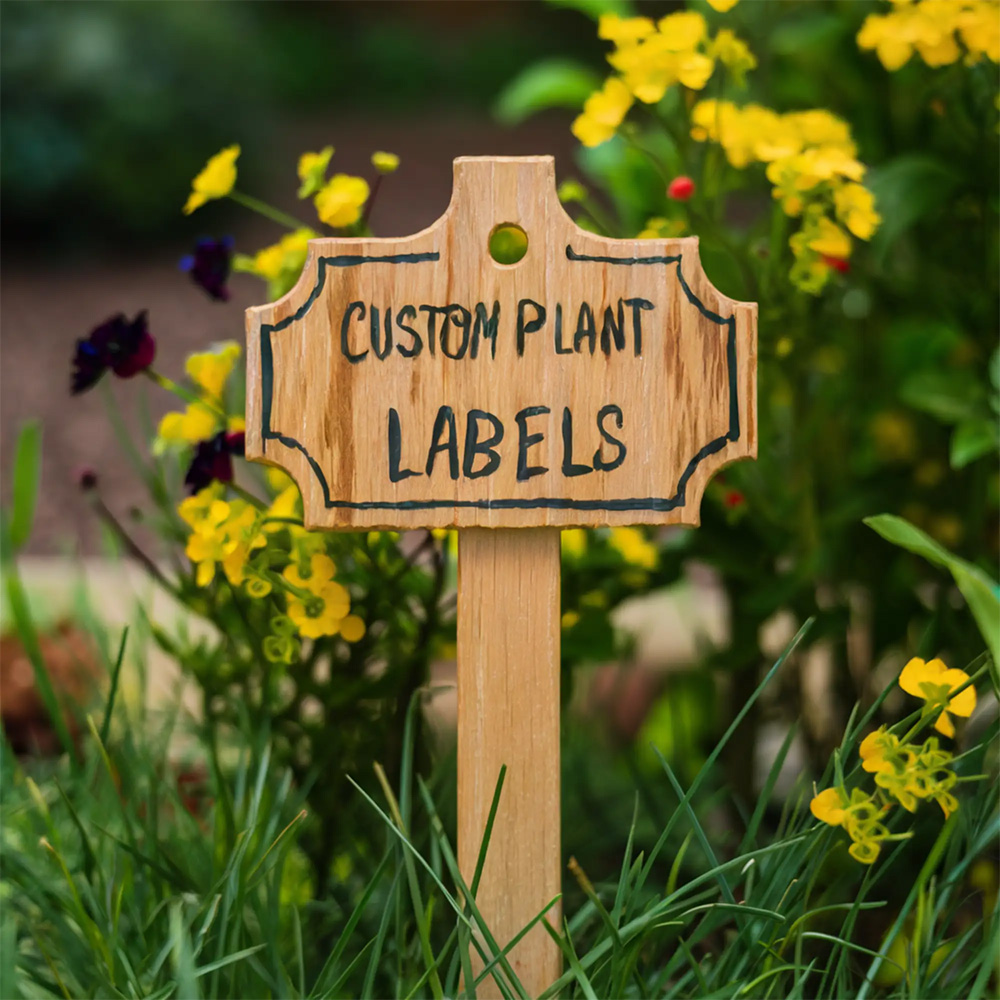
Get the latest information on plant labels and enhance your garden with our stylish, tailored solutions.
Different materials and styles offer various levels of durability and aesthetic appeal. Here’s an overview of popular options for labeling plants and how to select the best method for your garden.
Adhesive-backed labels made from plastic or vinyl are a popular choice for labeling plants. These durable labels can be easily applied to plant pots, seed packets, or even directly onto the soil. Their weather-resistant nature makes them perfect for outdoor use, where they can withstand exposure to the elements like sun, rain, and wind.
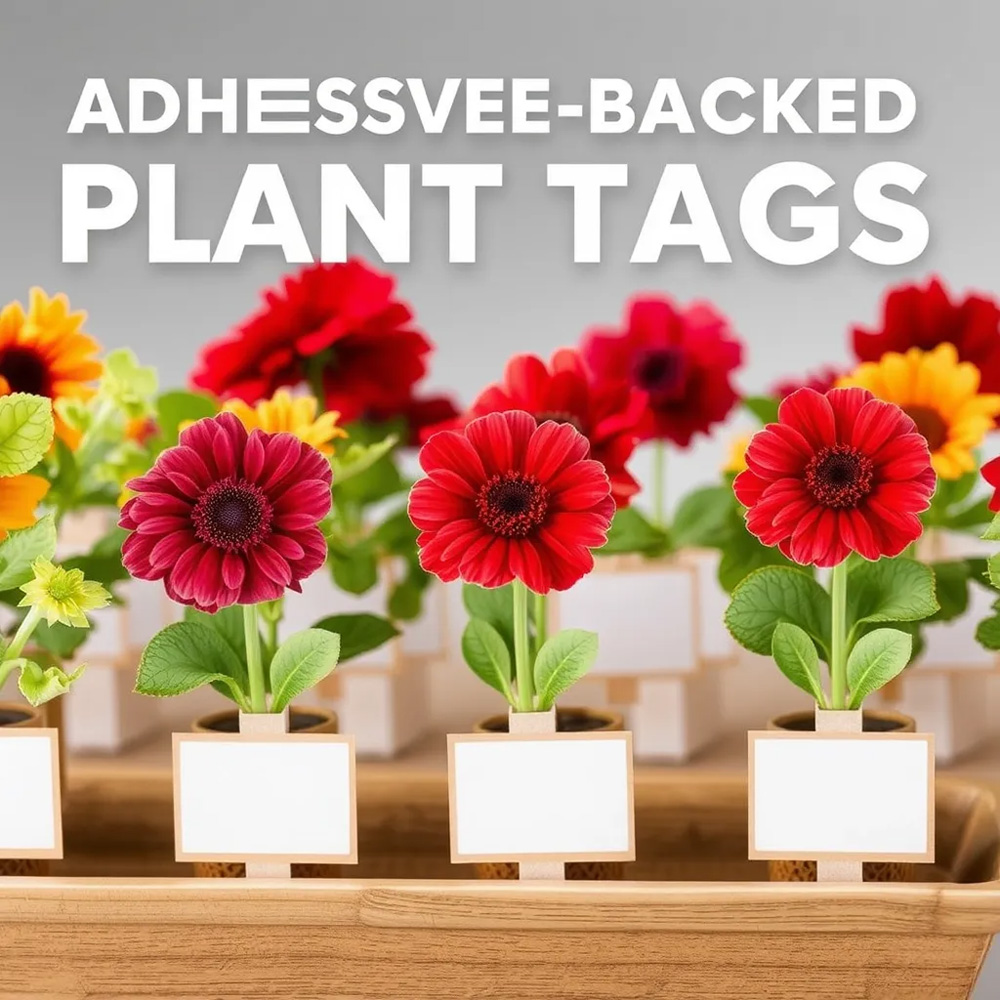
Paper labels are another affordable option for labeling plants. You can easily customize them using a permanent marker or a label maker to include the plant’s name, botanical name, or growing conditions. While cost-effective, paper labels may not be as durable as their plastic or vinyl counterparts and are prone to fading or damage when exposed to moisture or sunlight over time.
Plant tags are pre-made labels specifically designed for use in gardens. Often made from plastic or metal, these tags can be attached to plant stems or inserted into the soil. They are convenient for labeling multiple plants and are reusable, making them a versatile option for both indoor and outdoor gardening.
When choosing plant labels, it’s essential to think about the size and shape of the label in relation to your plants. Smaller labels work well for seedlings, while larger labels are better suited for mature plants. Additionally, some labels are better for curved surfaces, like round plant pots, while others are designed for flat surfaces.
In addition to selecting the right material, consider the information you want to include on your labels. Common details include the plant’s name, botanical name, growing conditions, and specific care instructions. Including a picture or illustration of the plant can also aid in identification, especially in larger gardens.
How you apply the labels is just as important as the labels themselves. Some labels can be attached using twine or wire, making them easy to remove and reuse. Adhesive-backed labels can be applied directly to pots or soil for a more permanent solution. Whichever method you choose, ensure the label is secure and easy to read.
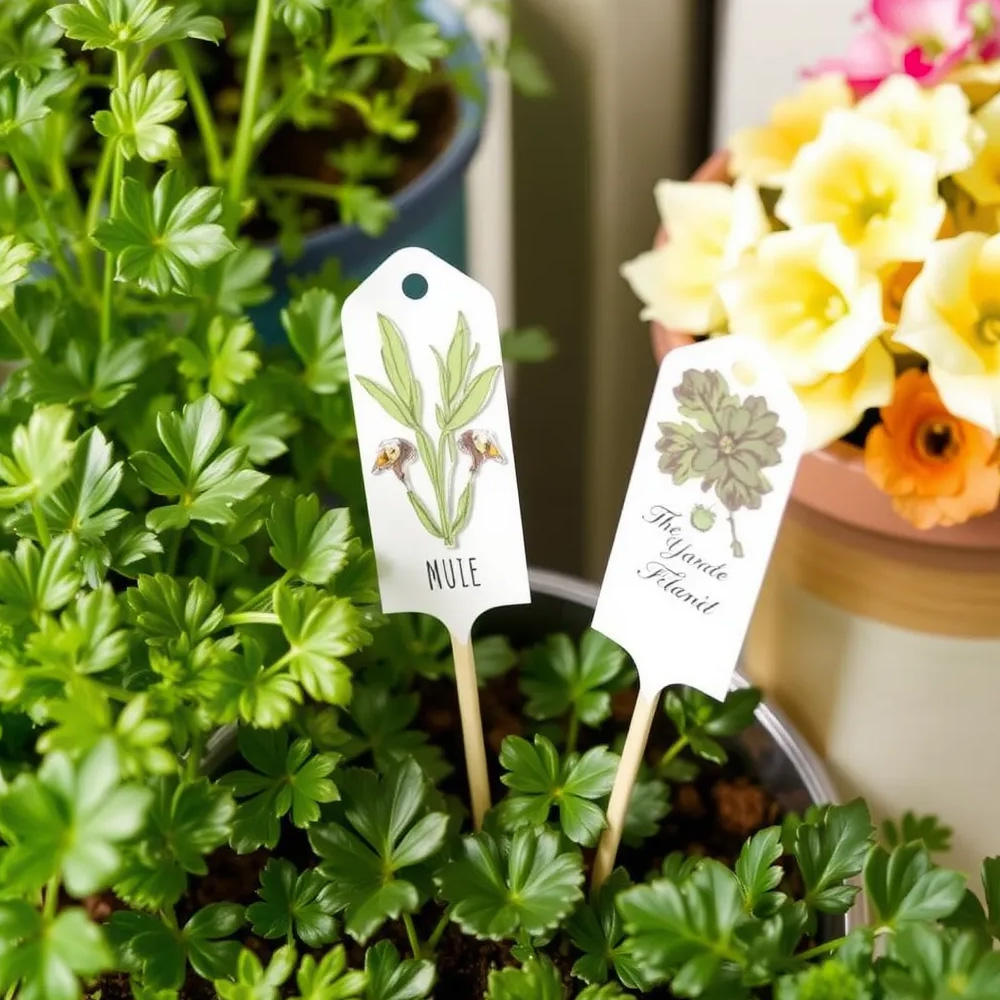
Labeling your plants is an essential part of maintaining a healthy and organized garden. From adhesive-backed labels to reusable plant tags, there are plenty of options to suit your needs. By considering factors like durability, label size, and the type of information you need to include, you can create labels that are both functional and visually appealing. No matter your experience level, labeling your plants can make your gardening experience smoother and more enjoyable.
Get the latest information on plant labels and enhance your garden with our stylish, tailored solutions.
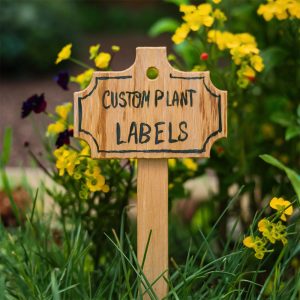
Are you tired of forgetting which plants are which in your garden? Plant labels are the unsung heroes of garden organization, helping both novice gardeners and experienced botanists keep track of their green companions.
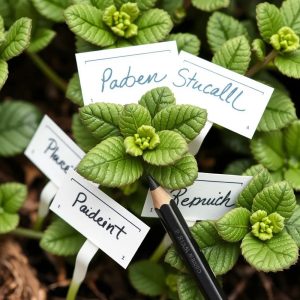
Gardening enthusiasts often find themselves faced with the challenge of labeling their plants in a way that is both durable and legible. The pencil you use plays a significant role in ensuring your garden labels can withstand the elements and stay readable over time.
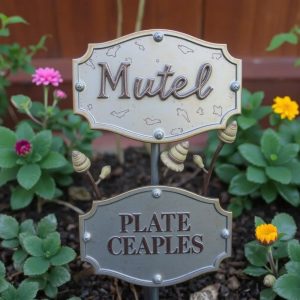
Metal garden decor, including metal plant labels, adds elegance and sophistication to any outdoor space, enhancing its overall aesthetic appeal. However, rust can quickly undermine the beauty and structural integrity of these decorative pieces.
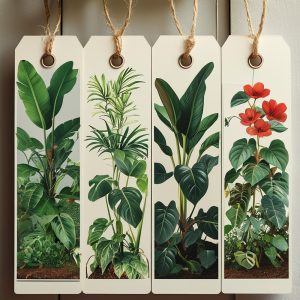
Plant labels play a crucial role in gardening, whether you’re a novice looking to keep track of your new plants or an experienced botanist identifying and categorizing species.
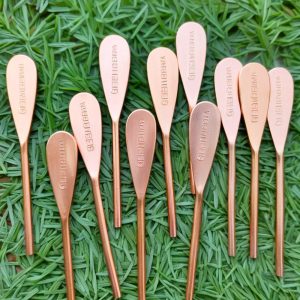
Copper plant markers are an excellent choice for gardeners who want a durable and aesthetically pleasing way to label their plants.
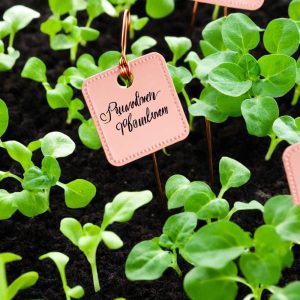
When it comes to writing on metal, enamel paint is a top choice specifically designed for this purpose.
Fill out the form below, and we will be in touch shortly.